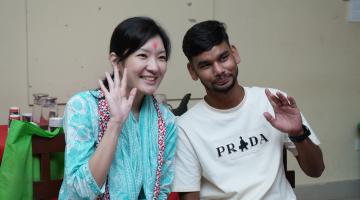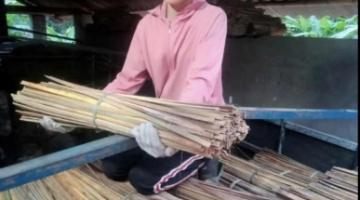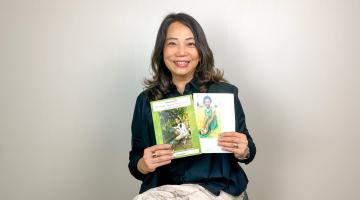The Battle of Rohingya Refugees for Food - Story of One-Year-Old Saiful & His Mother Khadija
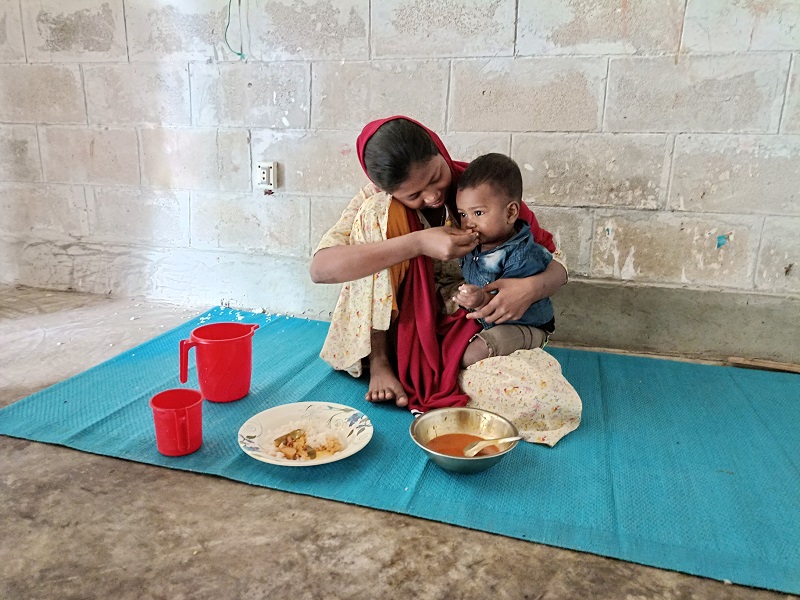
Recently, one-year-old Saiful began consuming solid food. His teenage mother, Khadija (18), has been making a diligent effort to feed him. However, her attempts were in vain when Saiful adamantly refused to eat the rice just a few minutes later. All that she can feed him is some soggy rice and bland vegetables. Khadija is understandably concerned as her baby has not eaten anything since morning and is not gaining weight appropriately for his age.
"He doesn't eat much. We don't have a wide variety of food to offer him. Ever since he started eating solid food, he has been losing weight," Khadija commented
glancing at the remaining food on her child's plate. She carefully saved the uneaten food, as wasting even a single grain of rice is not an option for them.
Food scarcity is one of the main challenges they face in their daily lives.
Both the mother and child, with their frail frames, tell a tale of deprivation, a consequence of inadequate food and limited access to medical care. Like many families in the camp, Khadija's family struggles to provide for their loved ones amidst the dire conditions. It has been stated that more than 30% of Rohingya children are diagnosed with malnutrition in different stages. Aid organizations work tirelessly to alleviate their suffering, but the overwhelming demand often outpaced the available support.
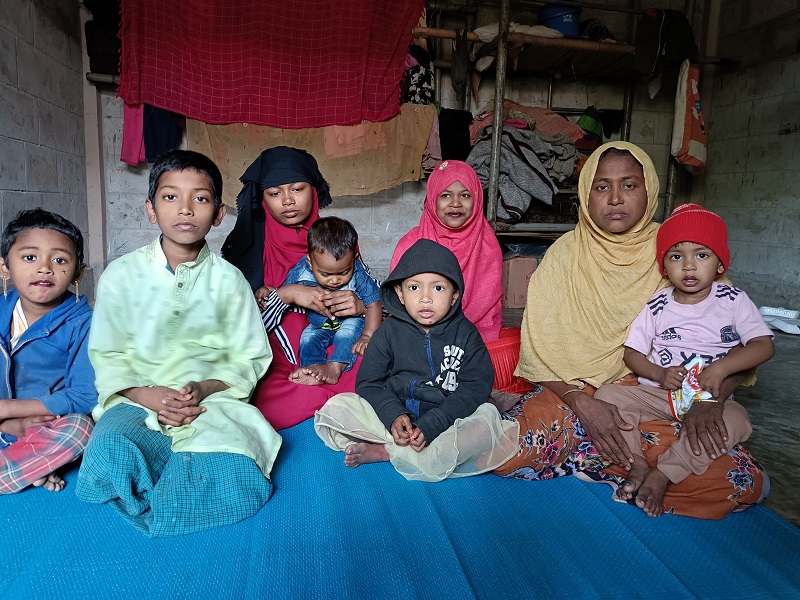
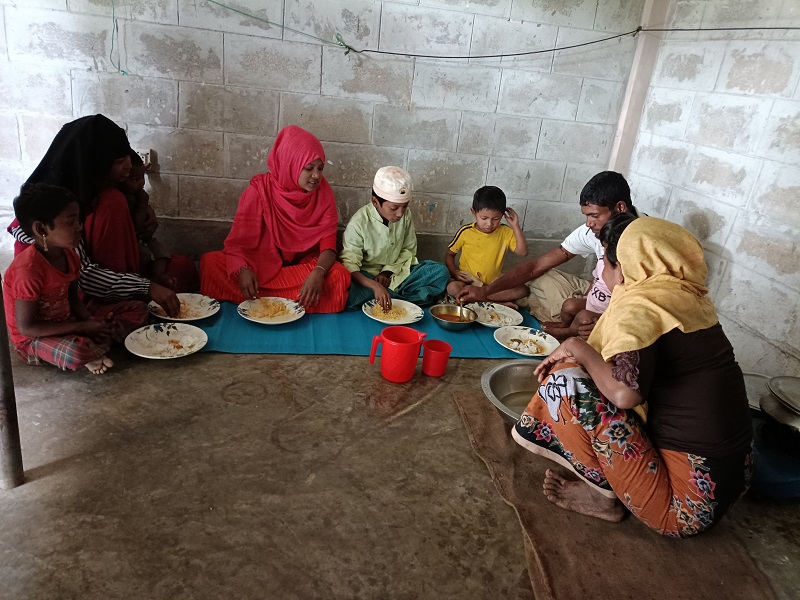
Khadija and her family, consisting of ten members including her son, parents, siblings, and husband, were relocated to the Bhasan Char Rohingya refugee camp two years ago. This small island is nestled in Noakhali, on the coast of the Bay of Bengal. Before their relocation, the family resided in the refugee camp in Cox's Bazar since their arrival in Bangladesh during the influx of 2017.
Bhasan Char, an island separated from the mainland by the Bay of Bengal, has made the Rohingya communities even more vulnerable in terms of their livelihood.
According to a report published by UNHCR in August 2023, the unemployment rate in Bhasan Char is 77%, indicating a high percentage of the labor force actively seeking work but unable to find employment.
However, due to the island's isolation, finding a source of livelihood is even more challenging compared to other contexts.
As a result, Khadija's husband and father struggle to find suitable jobs that can adequately provide for their food needs, apart from the monthly food entitlement of 12 USD they receive from WFP.
"Men used to find jobs on fishing boats when we lived in Teknaf. With the money they earned, we could buy food from the local market, especially when food was scarce. But here, finding a job is much tougher."
Rehena Begum, 35, Khadija's mother
Not only are livelihood opportunities limited in Bhasan Char, but the cost of food in the local market is also significantly higher compared to other areas.
Rehena explained,
"One kilogram of potatoes costs 120 BDT, eggplants are 90 BDT, and tomatoes are 80 BDT, which is much more expensive than the market in Cox's Bazar. Buying fish and meat is almost impossible for us. Apart from the Muslim festival once a year, we can barely afford meat."
The situation worsened after the ration entitlement was reduced from 12 USD to 10 and 8 in March 2023. Many Rohingya, like Rehena, who have no alternative sources of income, have had to cut down their meals from three times a day to two to cope with the reduced rations.
"We now eat two main meals, one in the late morning and another in the evening. My son Ibrahim loves meat, but it has become an impossible luxury for us," Rehena shared.
With the reduction in rations, mothers like Rehena are left with no choice but to provide their children with less nutritious meals. With the previous 12 USD, they were able to buy vegetables, rice, oils, lentils, and necessary spices to prepare food. However, following the ration cut, even purchasing these basic food items has become a challenge.
Ibrahim, aged 11, and Mustakima, aged 5, attend a learning center in the afternoon. On most days, they arrive at the center on an empty stomach. However, they are fortunate to receive High Energy Biscuits at the learning center to satisfy their hunger.
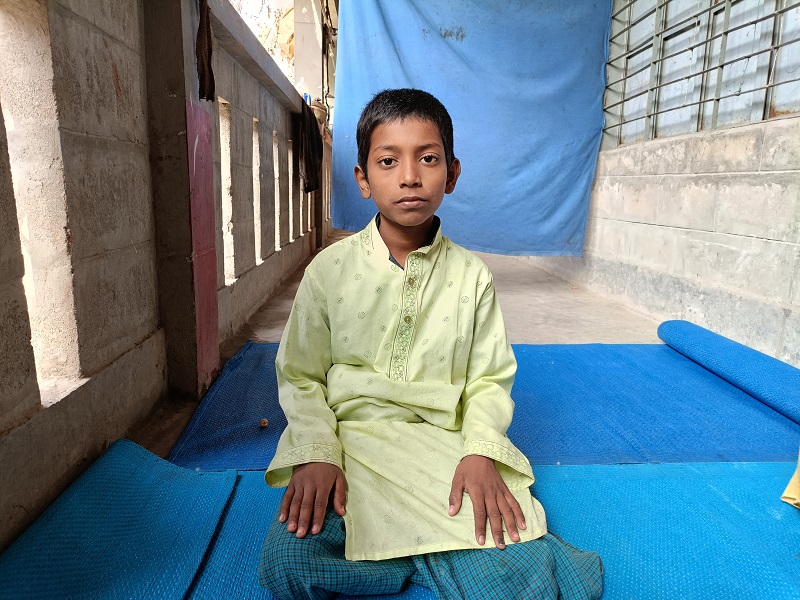
Regardless of whether it's raining or during the dry season, the struggle for food remains a major challenge. Living on an island during the monsoon season adds another layer of difficulty for them.
Over the past two years, while residing in Bhasan Char, they have endured at least four major cyclones that have caused significant damage to the coastal area of Bangladesh.
"When the cyclone hit earlier this year, we were taken to the cyclone center. I was terrified by the strong winds as I had never experienced anything like it before,"
Ibrahim shared his experience of the cyclone on the island.
"The children were crying out for food. We were provided with dry food such as biscuits and drinking water,"
Rehena shared.
Relocation is a critical issue during natural disasters, which unfortunately occur frequently in the coastal area of Bangladesh. As an island, Bhasan Char is particularly vulnerable.
According to UNHCR, there are currently 31,429 Rohingya individuals residing in Bhasan Char, with 57% of them being children. 30% of Rohingya children are diagnosed with malnutrition in different stages. Aid organizations work tirelessly to alleviate their suffering, but the overwhelming demand often outpaced the available support.
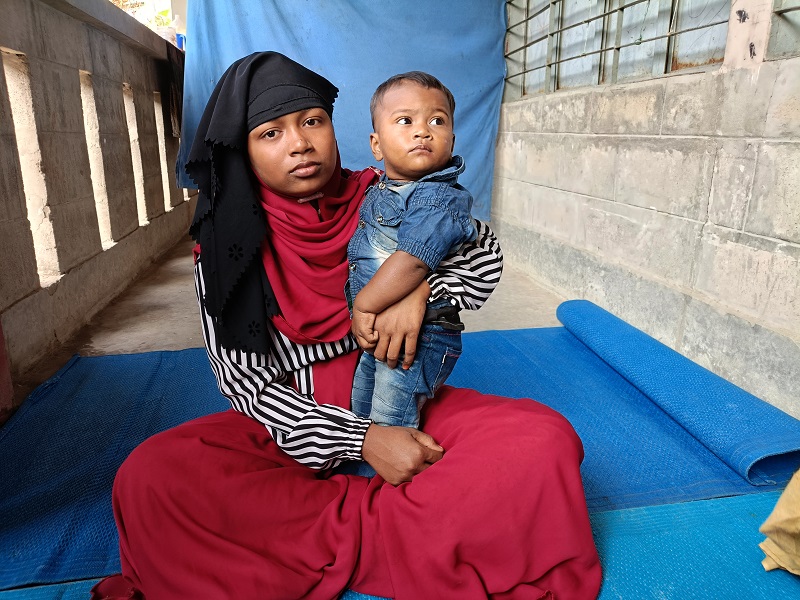
World Vision will establish and operate a Multipurpose Facility Center which will include a mega kitchen aimed at ensuring the preparation, cooking, and distribution of emergency hot meals to feed the influx of Rohingya refugees to Bhasan Char. To enhance the diversity of the food intake and address nutrition concerns, World Vision will also train the Rohingya individuals to cultivate Moringa on the island.
A small act of kindness is enough to fill a child's plate.
Together, let's fight hunger and feed hope.
Support our Global Hunger Response
